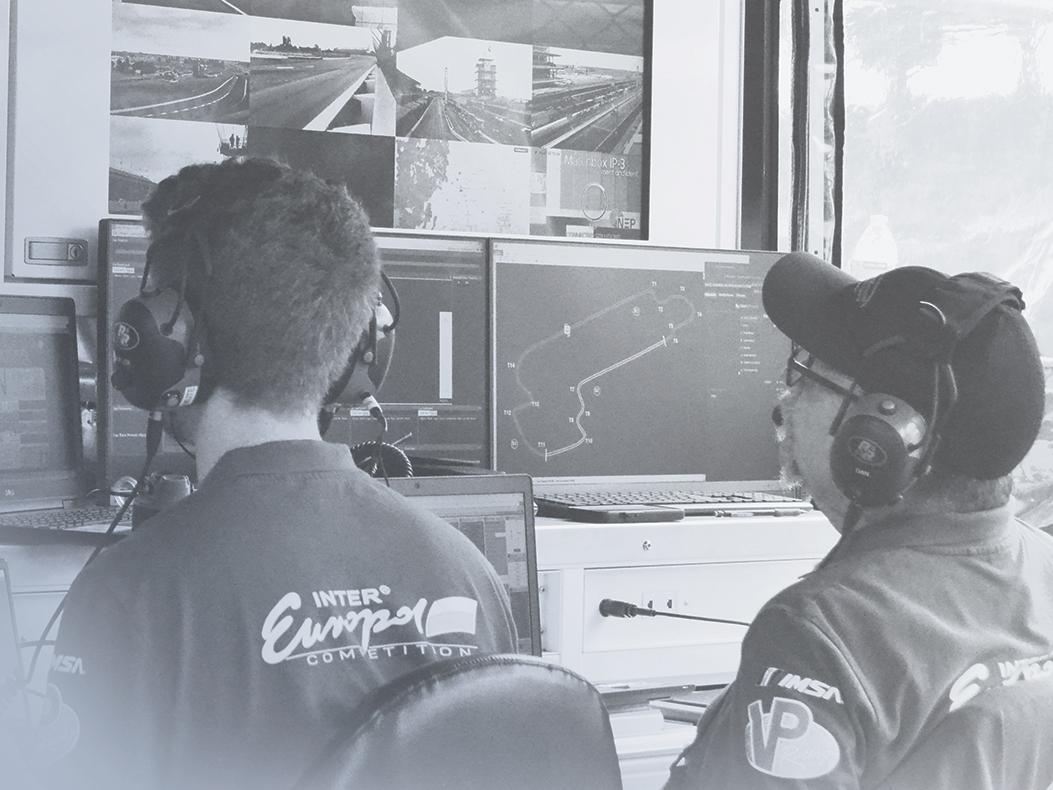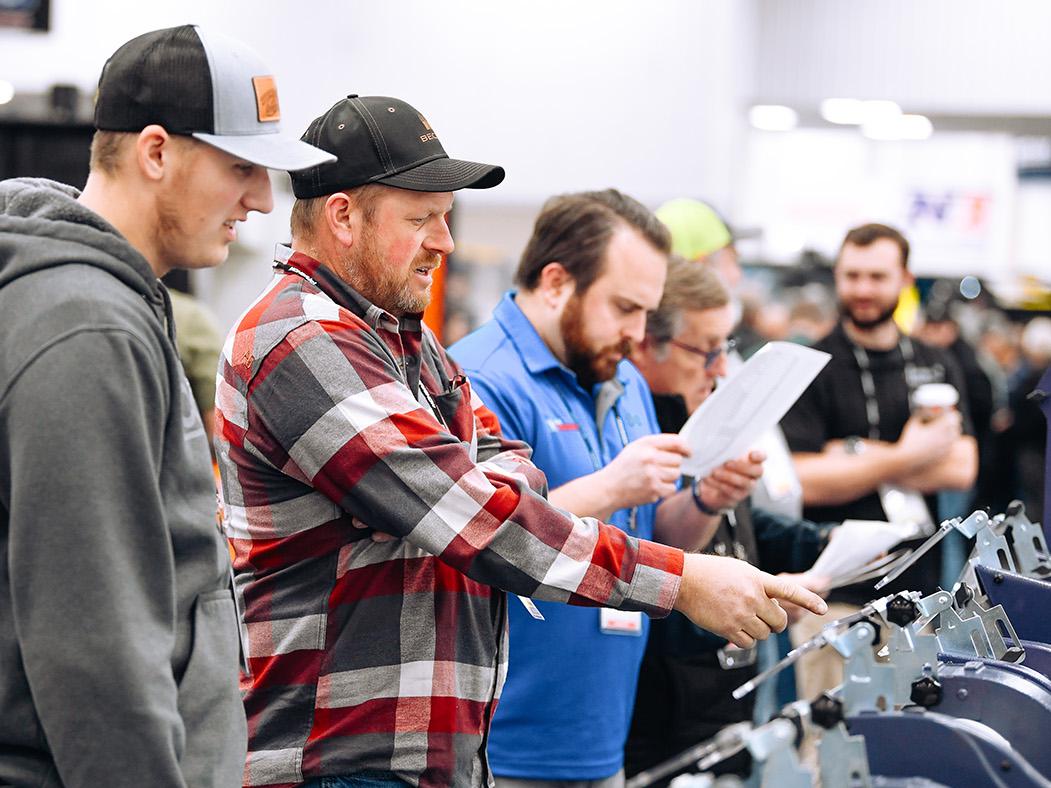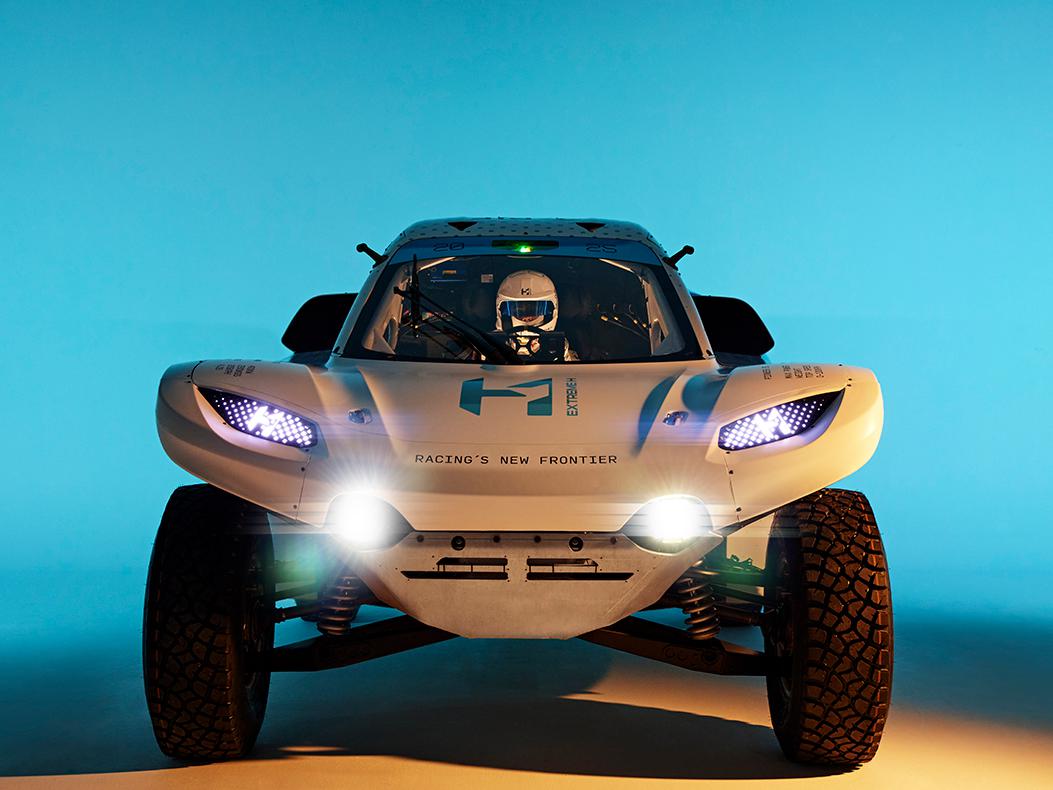Balancing Act
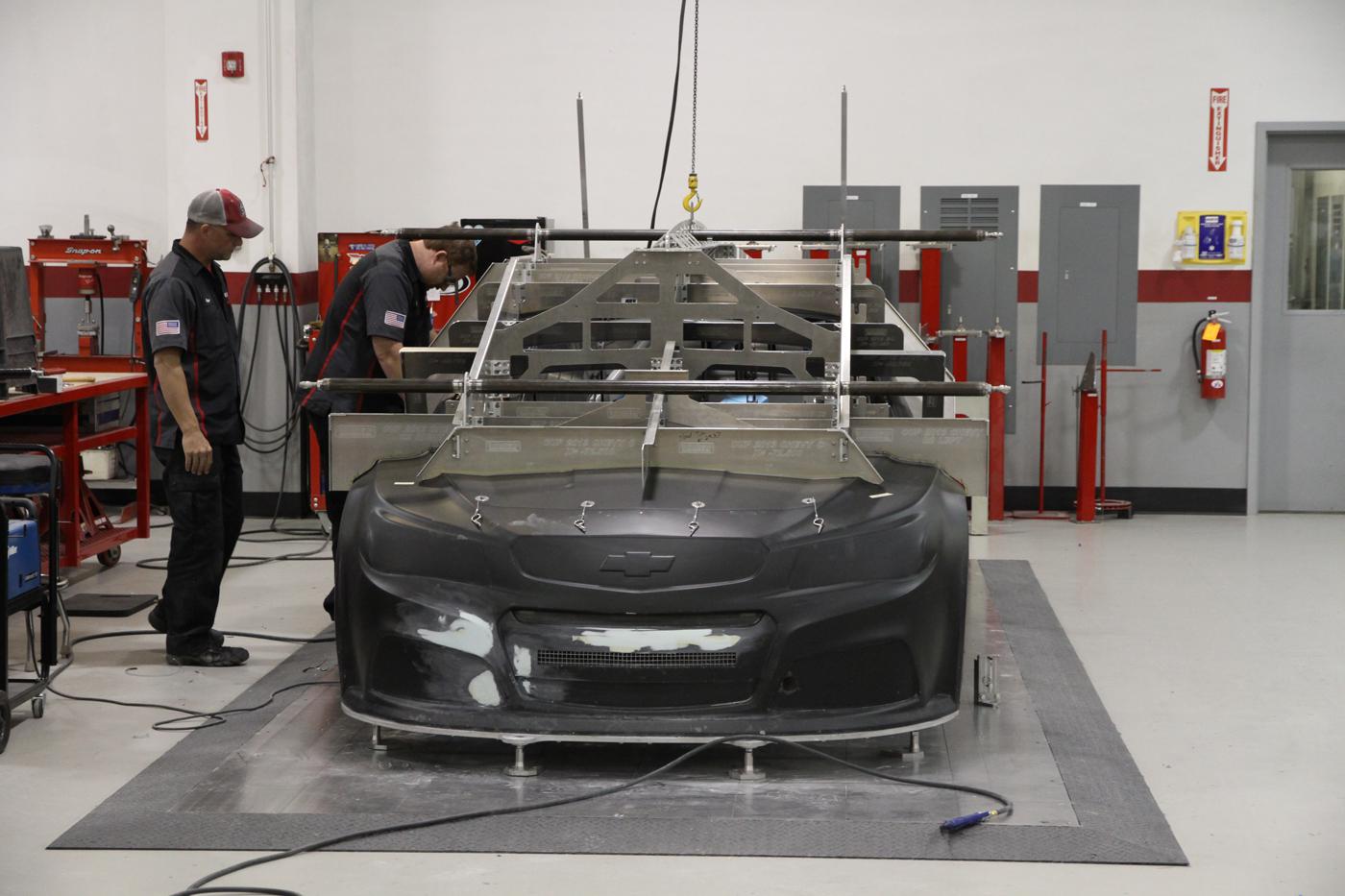
As rule sets continue to tighten the playing field, chassis setup is becoming a core focus in the hunt for a competitive edge in stock car racing.
Circle track sanctioning bodies across the country have put much effort into containing costs in recent years. In the interest of preventing teams from simply out-spending one another to snag a podium, organizers are playing a game of whack-a-mole in order to manage the exploits that are being found in the gray areas. But innovation has always been an intrinsic part of motorsports, and if those advantages can’t be had in new designs or unconventional components, racers will inevitably look for other ways to outsmart the rest of the field.
“Setup is incredibly important, especially out here in IMCA country,” said Ryan Rosenow of Jerovetz Motorsports Shock Service, Suamico, Wisconsin. “Everybody’s on a crate motor and everybody’s on the same tire, so you need every little bit that you can get because the racing is so close. In today’s world, setup is everything.”
That’s driving teams toward increasingly sophisticated equipment and setup techniques, much of which is making its way down from NASCAR. “Not too long ago, all you really needed was four scales and a caster/camber gauge. That’s what you did for setup,” said Dave Schneider of Right Foot Performance Products, Appleton, Wisconsin. “Now the guys running up front are testing in wind tunnels. That’s a drastic change.”
It’s a trend that has ushered in more data with greater accuracy, but that alone doesn’t guarantee success.
Laying The Groundwork
While advanced equipment has become a part of many race programs, Carter Gerlach of Elite Shock Services in Ramsey, Minnesota, pointed out that effective stock car setup still starts with the fundamentals. “First and foremost, I think a team needs to have proper scaling equipment. A good, accurate set of scales goes a long way.”
Although there’s been a bigger emphasis on the ability to capture dynamic data in recent years, the majority of teams are still setting their cars up off of static settings, or they’re using static data as the starting point before venturing into dynamic elements of car setup. “It still starts with things like caster/camber gauges, scales, and toe plates,” said Bob Harris of Bob Harris Enterprises, Ames, Iowa.
“Some of the equipment that’s out there now has gotten to the point where it’s overly technical for a significant portion of the end users, and very expensive as well,” he continued. “While it might be neat to have some piece of equipment in your garage, you have to ask yourself how much you’re actually going to use it versus the cost involved. Racers need to be smart about purchasing things that they’re confident they will be able to use throughout the year, rather than something that might end up being a one- or two-use type of deal.”
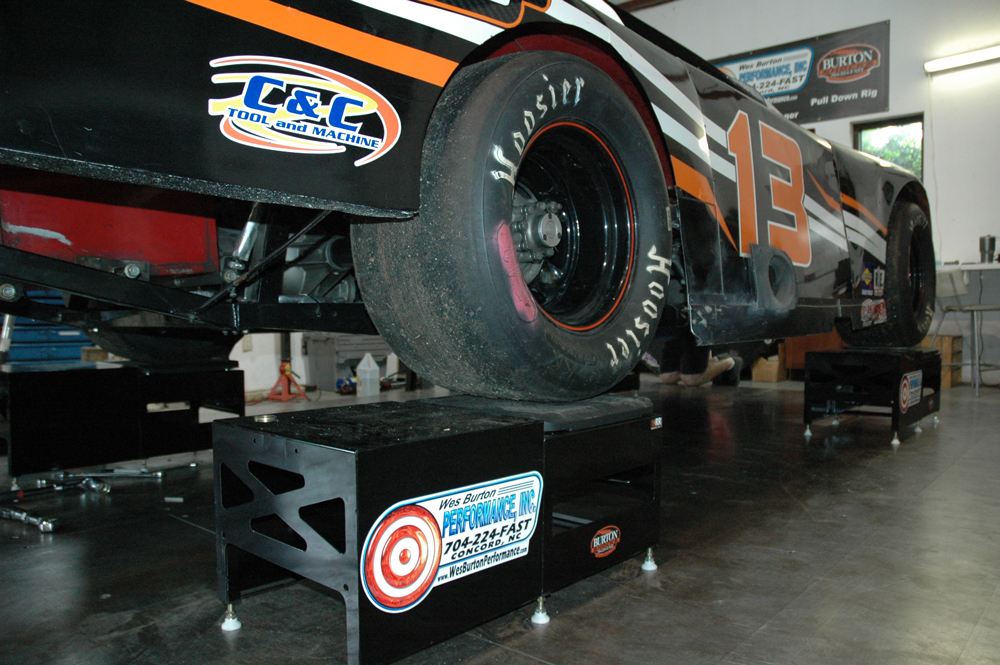
That means equipment and techniques that some might consider antiquated are still very relevant in contemporary stock car setups. “When we roll out a brand-new race car, I still scale it out the old school way before we move on to dynamic numbers,” Rosenow said. “That way our customer—who may or may not be up-to-date on technology—has both sets of information to make adjustments accordingly. The static data is the foundation that you need to have before you can move on to the more advanced elements.”
Yet even though static data is an essential piece of the setup equation, it ultimately can only take you so far. In order to really dial the car in for a track and driving technique, the setup also has to account for how the car will behave at speed out on the course. That’s where equipment that can simulate the chassis’ dynamic behavior comes in.
“That has been the biggest game-changer across the board in stock car racing,” said Gerlach. “Being able to find out what the car is actually doing out there has revolutionized car setup—it has really forced these teams to create a new notebook. The trick is understanding what to do with that data. Being able to capture this dynamic data doesn’t invalidate the static data that they’ve collected over the years. A lot of the time we’re tying the two together.”
Load sticks are a particularly popular piece of equipment on the dynamic end of stock car setup, a tool that allows the user to check the load on a corner of the car as the suspension is subjected to the forces it would experience during a race, rather than those observed at a standstill.
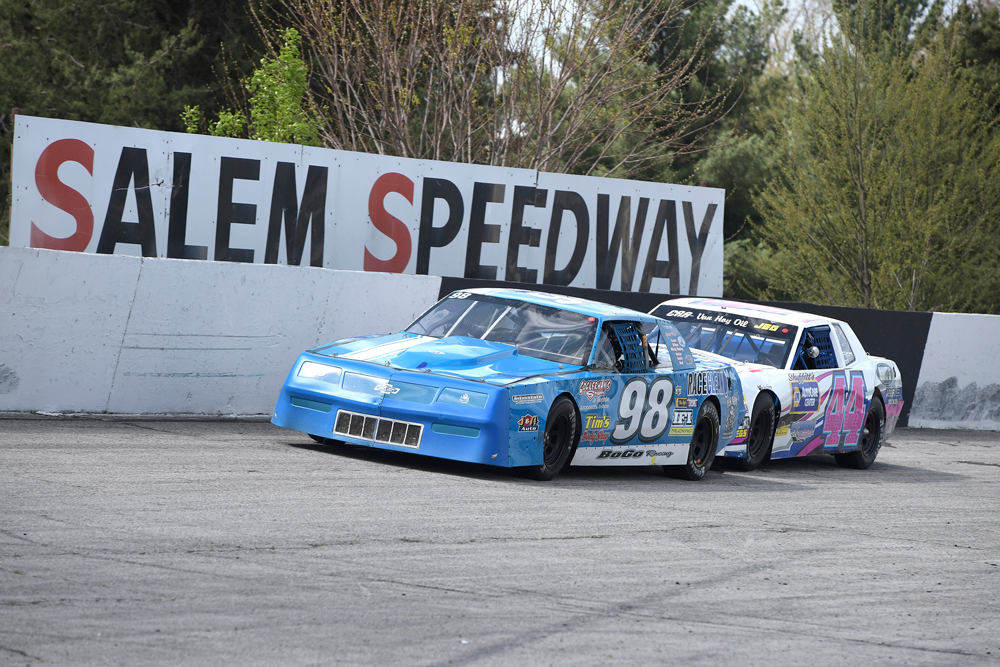
“Before this we couldn’t know things like what the actual spring rate was on the right-front spring at three inches of compression,” said Harris. “We used to do all of the adjustments with the car sitting on the ground motionless. The problem is that it never races in that situation, so you’re ultimately guessing what the loads will be out on track to some degree. For example, if we’ve determined that 1,200 pounds of load on the right-front corner of the car at three inches of compression is ideal, but we need to change springs, we still want the right-front to be at 1,200 pounds of load at three inches of compression when the car is rocked over on the right-front. We want to change the spring rate, not the load of the car, and a load stick allows you to do that.”
Understanding dynamic load is a particularly critical aspect of a stock car setup, according to Schneider. “Anyone running bump stops or bump springs needs to be able to understand how that’s affecting the load on that corner of the car,” he said. “We make bump stops now that are a 32nd of an inch thick, and that 32nd of an inch can be the difference between winning and running mid-pack. That’s how precise things have become.”
Spring smashers serve a similar purpose with coilover setups, but since many race cars have different suspension configurations in the front versus the rear, both pieces of equipment are often needed in order to gather load data from every corner of the car.
Honing In
Gerlach said good setups generally start with reliable contact patch data. “The tires are one of the most important aspects of the car. It’s a big thing that’s often overlooked. It’s important to have accurate, repeatable data in terms of temperatures and pressures, and that has become an even bigger concern over the past few years.”
The tire availability challenges that have cropped up over the past few seasons have caused some series to change their spec tire, so this is something that should definitely be on teams’ radars. Switching the tire that the car is running on will have an effect on its setup, so it’s important to start with baseline data that accurately represents the car’s current combination.
As is the case in most motorsports disciplines, the key to a good setup is achieving balance. For Rosenow, that means not neglecting one aspect of the car to focus on another.
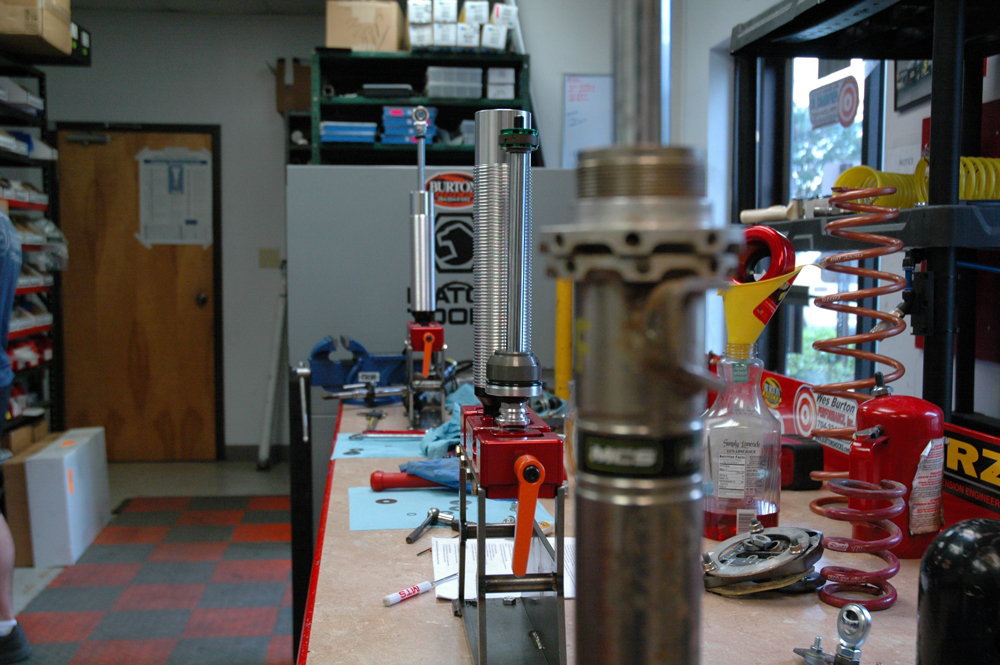
“Front-end settings are huge, but the rear suspension is just as important if you want to put the power to the ground. Ultimately you have to remember that you only have four points on the car that should be making contact with the race track, so you need to make sure that those points are attaching to the race track properly and tracking around it the way you want them to. There are no magic numbers—the numbers are just a baseline for you to know where you’re at so you can repeat it and make adjustments based on the performance. Once you have that balance figured out, repeatability becomes the priority.”
Avoiding Pitfalls
Setup is a tricky and somewhat subjective business, but enterprising racers can potentially make meaningful improvements if they have the data they need and they know what to do with it. The latter, Harris said, comes from doing the research.
“Educating yourself on what changes you need to do, and how to do them, is very important,” he explained. “There’s a lot of stuff that you can actually learn by just running the suspension through its travel and things like that. We’ll clamp the right-front down and simulate it as if it’s all loaded up, then we’ll jack up underneath the seat, and on a dirt car we have a left-rear chain that limits how much the suspension can hike up. That can simulate where our bars are, where our angles are, and that sort of thing. This is something you can do at home in your garage over the winter. You can find out so much about your car doing things like that—it all just depends on how much effort you want to put into it.”
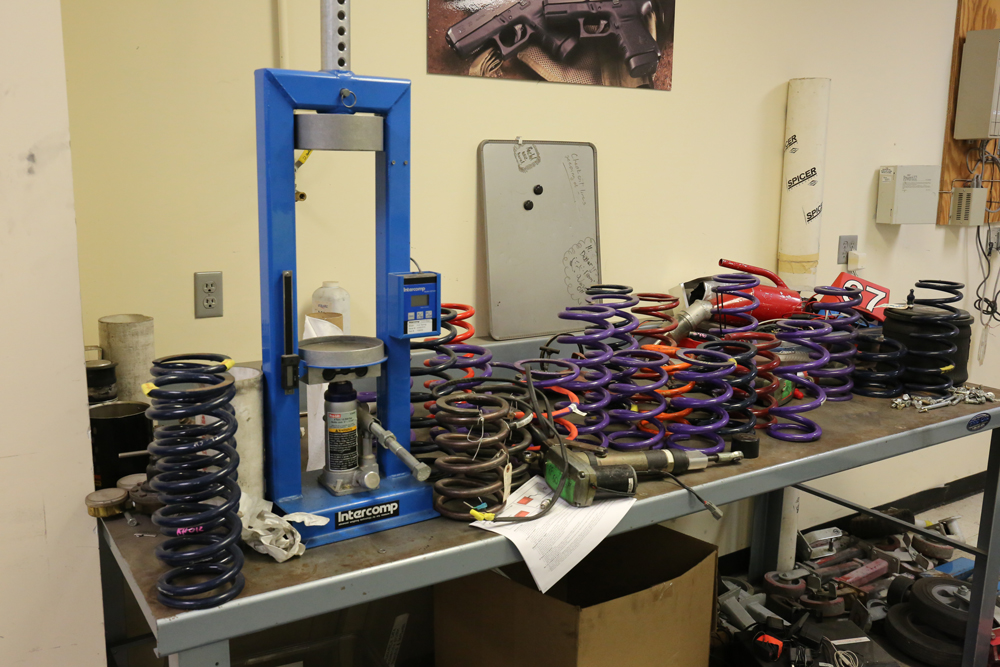
At the same time, he also offered a word of warning about how changes made to one aspect of the setup can affect other areas. “You have to keep in mind that there’s always an equal and opposite effect when you make a change. A single change will often do what you need it to do, but a lot of times if you make a change in one area, you’ll also have to make a change in another area in order to account for that original adjustment. If you don’t do the consecutive changes, you may not see the full effect of that first adjustment.”
There’s a pervasive issue that frequently causes frustration when racers are in the midst of chasing down that ideal setup combination.
“We see a lot of teams who start trying to make changes on cars that have existing mechanical issues,” said Gerlach. “It’s not uncommon for racers to make a ton of changes to their setup without realizing that they’re trying to work around a mechanical problem. Something’s bent or broken and it gets overlooked, or there’s an assumption that it’s just not important. If a car isn’t responding to any of the changes you’re making, it’s a big sign that there’s a mechanical issue somewhere.”
Some of those mechanical challenges can be tough to pinpoint at first, but Rosenow said that good habits can preemptively address many of them. “Effective setup starts with a good maintenance program,” he explained. “You can have that car sit on scales seven days a week and make all sorts of changes, but it’s not going to matter if the A-frame is bound up. Any bent part will change your numbers, both static and dynamic, so it all starts with having a well-maintained race car.”
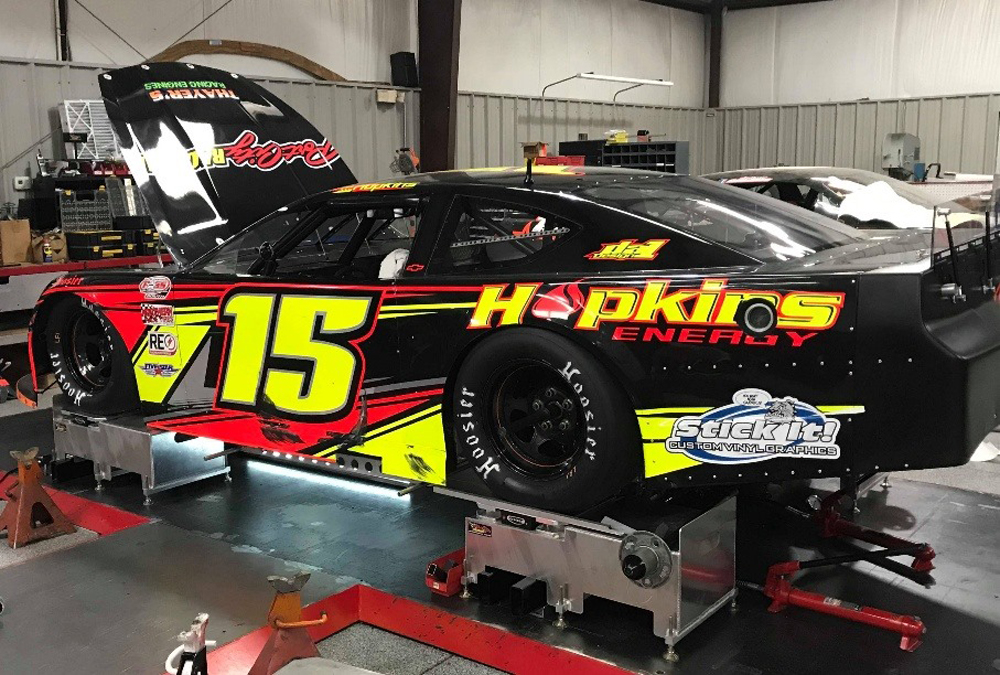
Meanwhile, Schneider cautioned would-be tuners to consider how accurate they can be with the equipment they have before they start turning wrenches. “Today’s setups are a lot more precise than most people realize. The guy who can only read down to a quarter-inch on his tape measure is going to be left behind by the person who can read a 32nd of an inch.”
Schneider also advised to be wary of how changes can cascade into one another. “If you make a change in one area, that’s going to cause something else to change in the car that you need to compensate for, and sometimes people aren’t aware that they may need to take a third or fourth step in order to compensate for what they did initially,” he said.
As teams continue to devote more of their budgets toward setup, it appears that the strategies are only going to get more advanced from here. “I think you’re going to see more teams doing wind tunnel testing,” predicted Rosenow. “Air is so important these days, especially with motor combinations being so close now, and the body rules we’re seeing in a lot of series. Air is everything now.”
Aero isn’t the only aspect of the car that’s getting increased scrutiny in the latest stock car setups. “Now we’re starting to see tire smashers coming to market,” said Schneider. “That’s a piece of equipment that allows you to load the tires and determine the spring rate at the tire itself.”
Since tires absorb and deflect forces in much the same way that components like springs and shocks do, it makes sense to consider them a part of the suspension system. In the realm of car setup, new equipment like this could add another layer of strategy and complexity down the road in the ongoing hunt for a competitive advantage.
“It seems likely that teams will have to reevaluate their setups at that point, or at least incorporate that number into how they approach it, because that number has an effect on everything,” Schneider added. “I don’t know if tire smashers are going to be the next big thing, but it’s an interesting development.”
SOURCES
Bob Harris Enterprises
racetechinfo.com
Elite Shock Services
esssuspension.com
Jerovetz Motorsports Shock Service
jmshocks.com
Right Foot Performance Products
rightfootperformance.com
 MEMBERSHIP LOGIN
MEMBERSHIP LOGIN JOIN PRI
JOIN PRI
